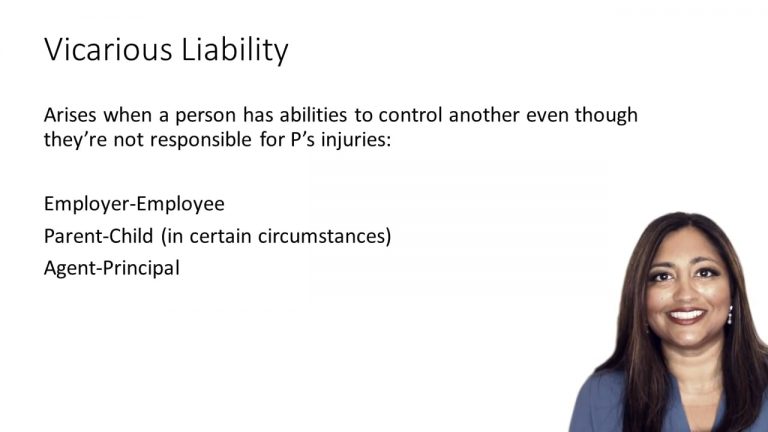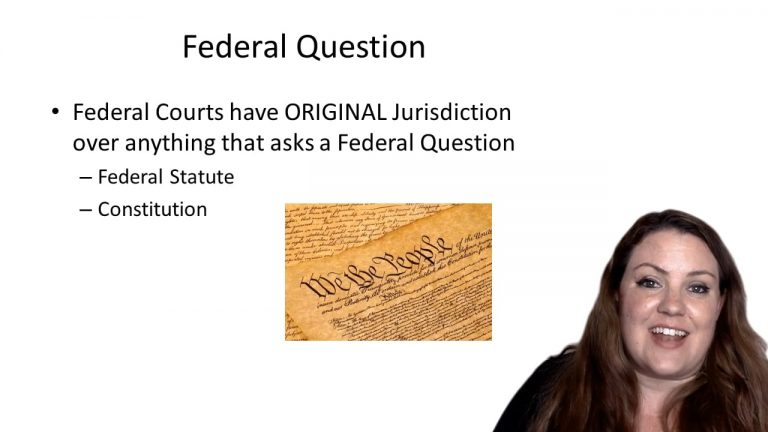SmartBrief
Confirm favorite deletion?
Torts keyed to Best
Coulthurst v. United States
Citation:
214 F.3d 106 (2d Cir. 2000)Facts
Coulthurst, a federal inmate, was performing “pull-downs” on a weightlifting machine at a prison exercise room when the machine’s cable snapped. The steel bar Coulthurst was pulling fell on his head and neck, bringing approximately 270 pounds of force onto Coulthurst’s head and causing a torn rotator cuff.
Coulthurst sued the federal government for his injuries under the Federal Tort Claims Act (FTCA), 28 U.S.C. §1346(b), which waives sovereign immunity in tort suits against the United States in tort if a government employee, acting in the scope of his or her own employment, would be liable for the alleged act as a private citizen. In the suit, Coulthurst claimed that the prison staff negligently maintained the exercise equipment.
At the trial court, the government argued that the Discretionary Function Exception (DFE), 28 U.S.C. § 2680(a), applied. The DFE prohibits tort suits against the federal government when the alleged negligent act (1) is discretionary in nature, and (2) is grounded in public policy. The trial court dismissed the case, and Coulthurst appealed.
Only StudyBuddy Pro offers the complete Case Brief Anatomy*
Access the most important case brief elements for optimal case understanding.
*Case Brief Anatomy includes: Brief Prologue, Complete Case Brief, Brief Epilogue
- The Brief Prologue provides necessary case brief introductory information and includes:
Topic:
Identifies the topic of law and where this case fits within your course outline.Parties:
Identifies the cast of characters involved in the case.Procedural Posture & History:
Shares the case history with how lower courts have ruled on the matter.Case Key Terms, Acts, Doctrines, etc.:
A case specific Legal Term Dictionary.Case Doctrines, Acts, Statutes, Amendments and Treatises:
Identifies and Defines Legal Authority used in this case.
- The Case Brief is the complete case summarized and authored in the traditional Law School I.R.A.C. format. The Pro case brief includes:
Brief Facts:
A Synopsis of the Facts of the case.Rule of Law:
Identifies the Legal Principle the Court used in deciding the case.Facts:
What are the factual circumstances that gave rise to the civil or criminal case? What is the relationship of the Parties that are involved in the case.Issue(s):
Lists the Questions of Law that are raised by the Facts of the case.Holding:
Shares the Court's answer to the legal questions raised in the issue.Concurring / Dissenting Opinions:
Includes valuable concurring or dissenting opinions and their key points.Reasoning and Analysis:
Identifies the chain of argument(s) which led the judges to rule as they did.
- The Brief Prologue closes the case brief with important forward-looking discussion and includes:
Policy:
Identifies the Policy if any that has been established by the case.Court Direction:
Shares where the Court went from here for this case.
Topic Resources
Topic Videos
 9m 14s
9m 14s 1m 41s
1m 41sTopic Outline
